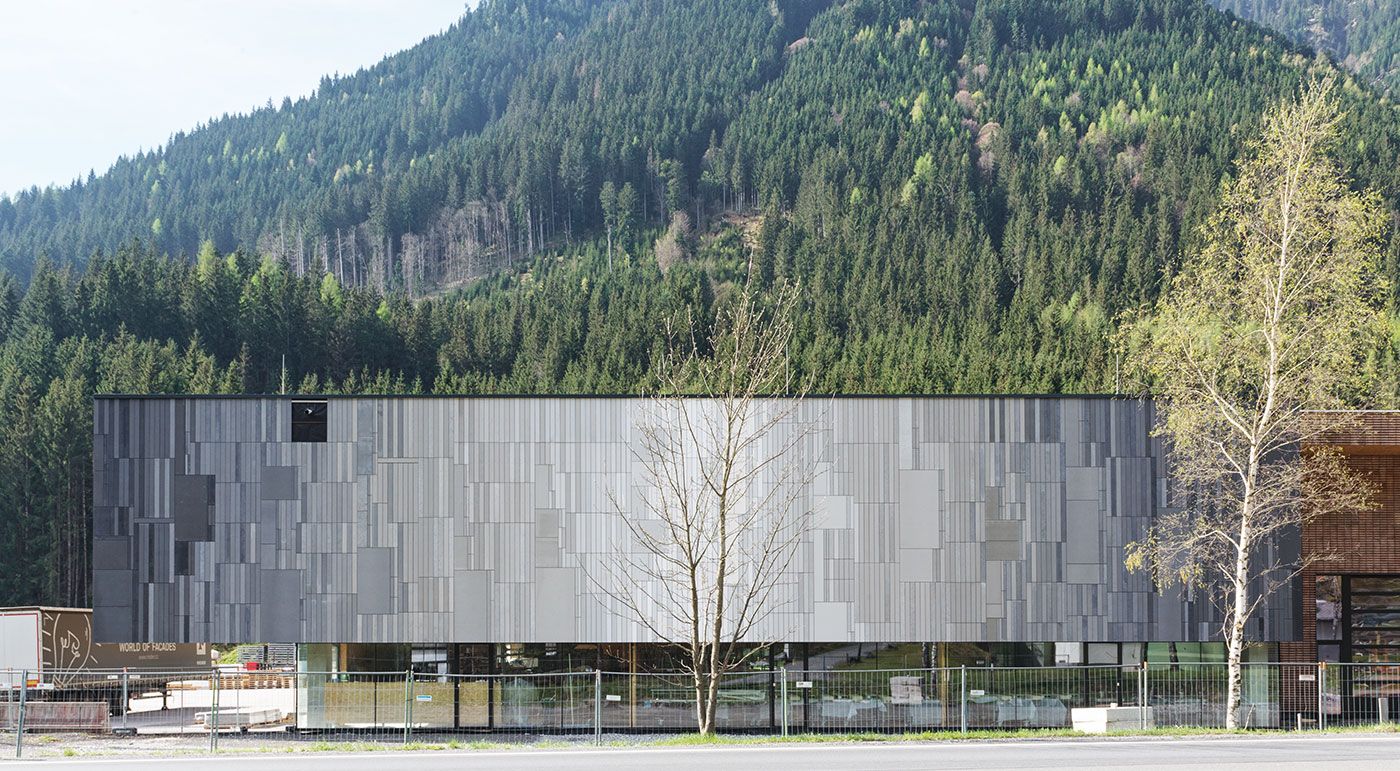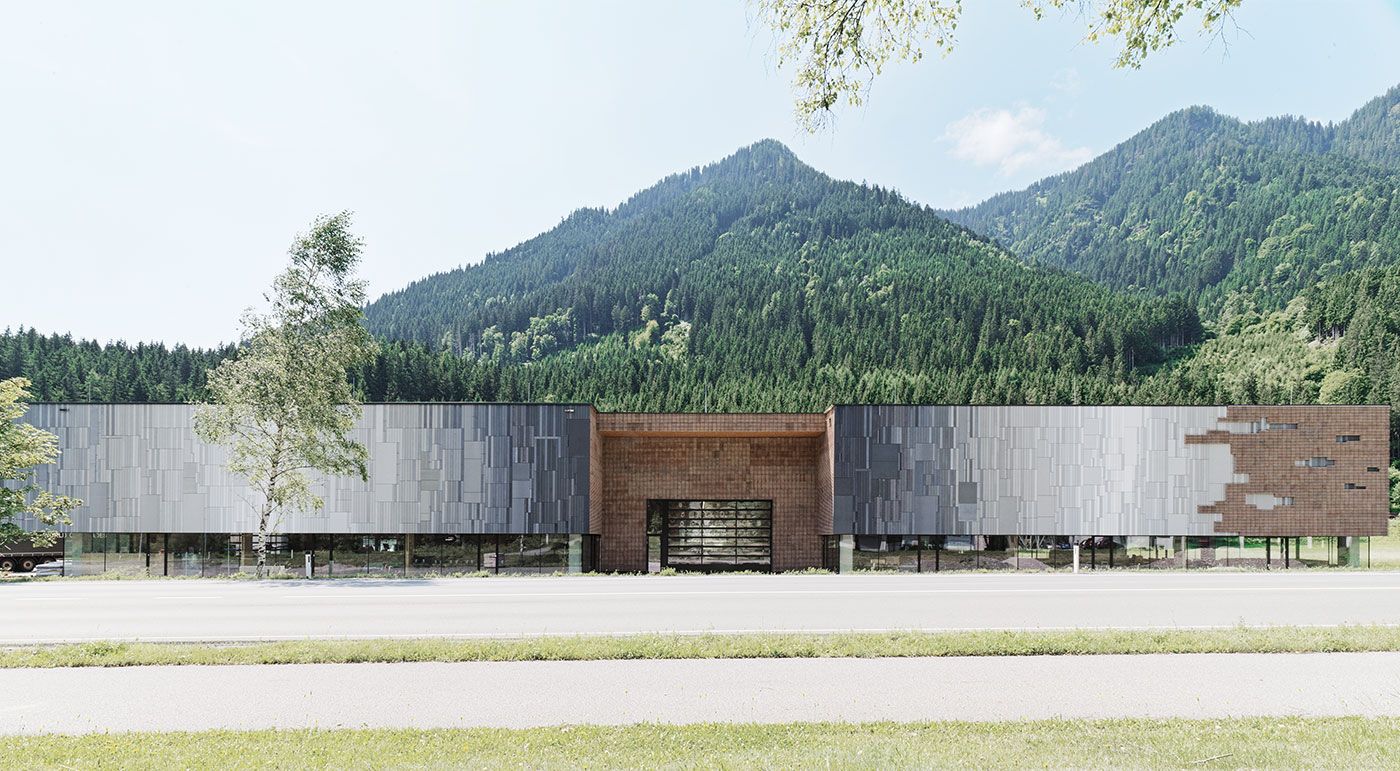Creating from what you have
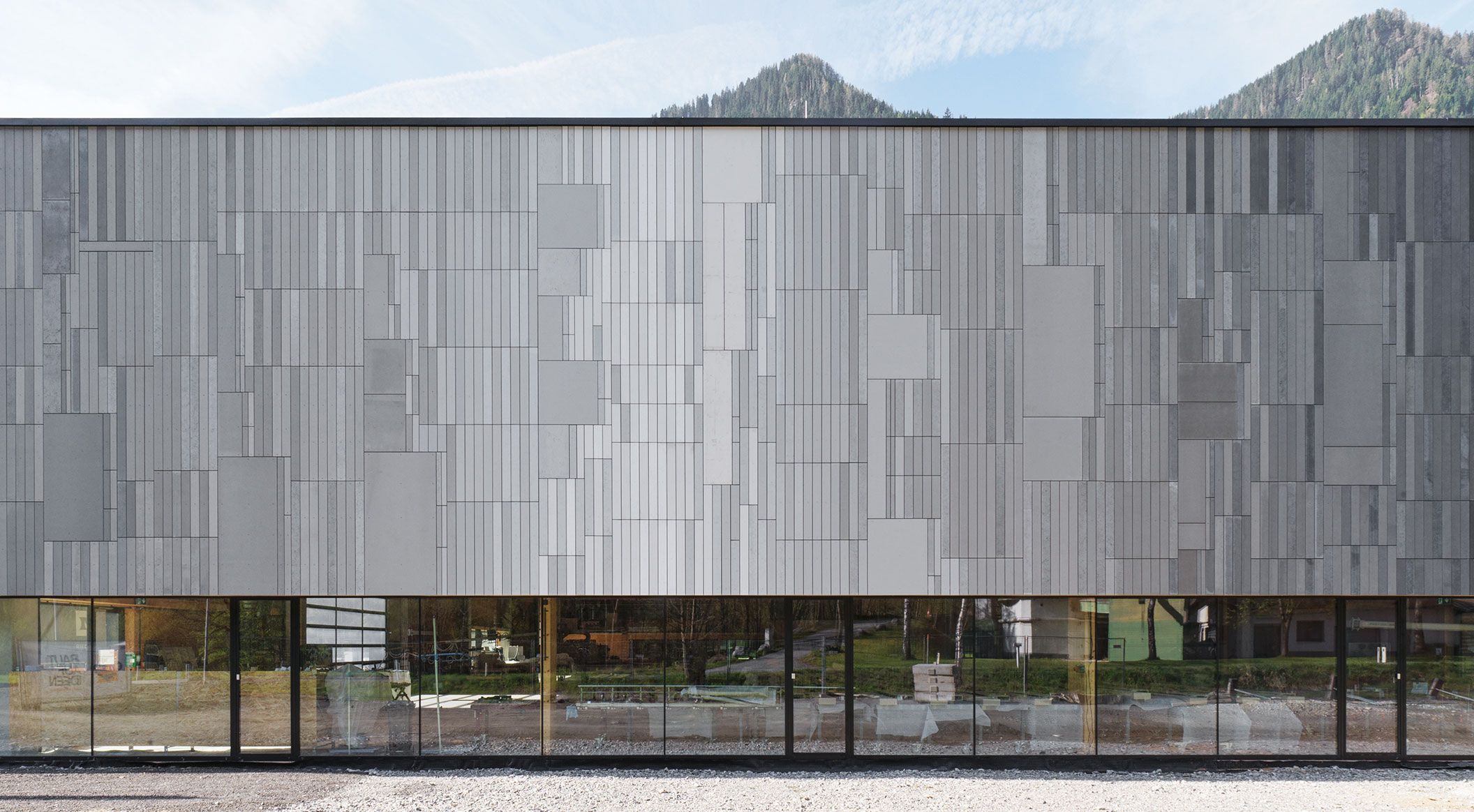
Inverted design process
To reduce waste in the production of glassfibre reinforced concrete facade elements and minimise environmental impact, the innovative facade concept scrapcrete was developed in collaboration with the design office Certain Measures. Using data-driven analyses and generative design techniques, production offcuts are deliberately reused. At the core of the concept is a digital software that records leftover materials and develops project-specific design options. These so-called offcuts – leftover pieces from the production of glassfibre reinforced concrete panels – are systematically catalogued, giving them a new life. Instead of being discarded, these materials are repurposed into new applications and enhanced aesthetically.
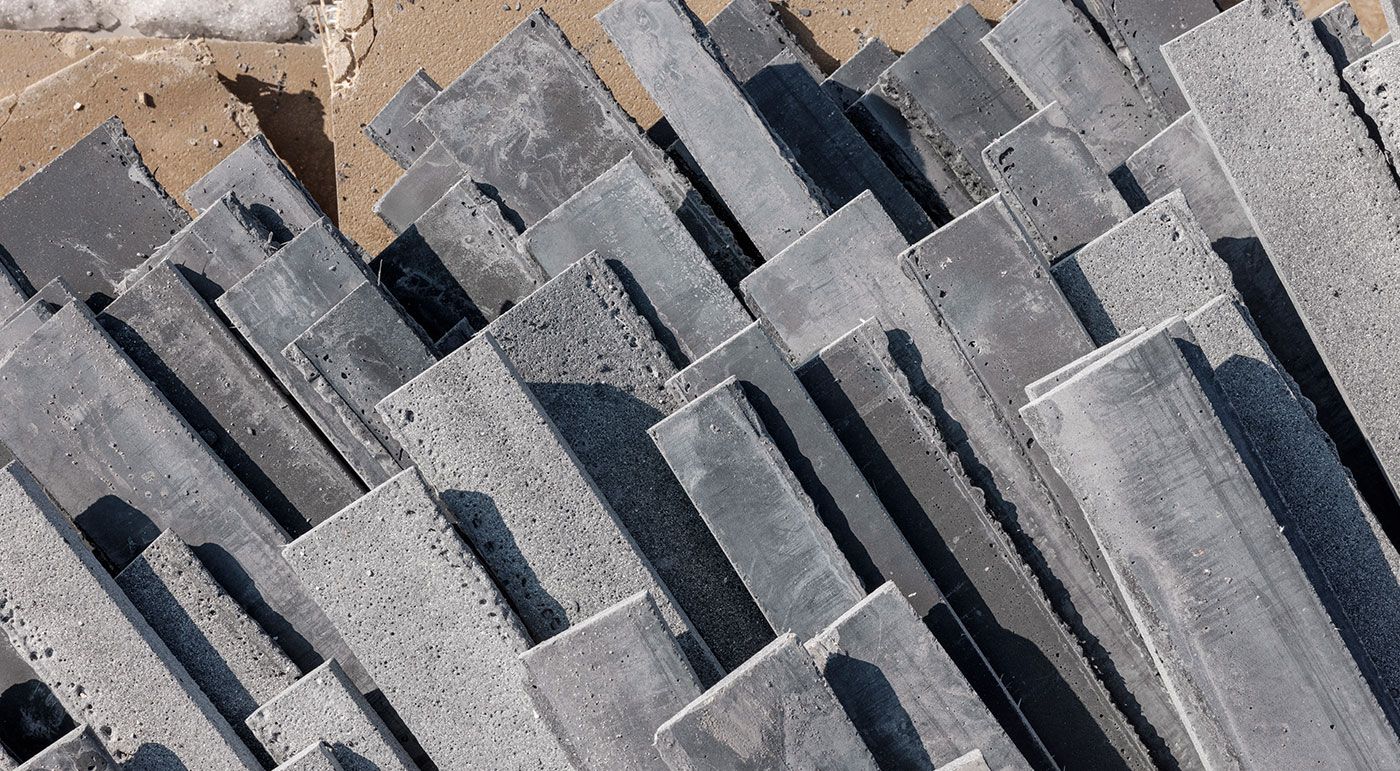
Rethinking resources: scrapcrete
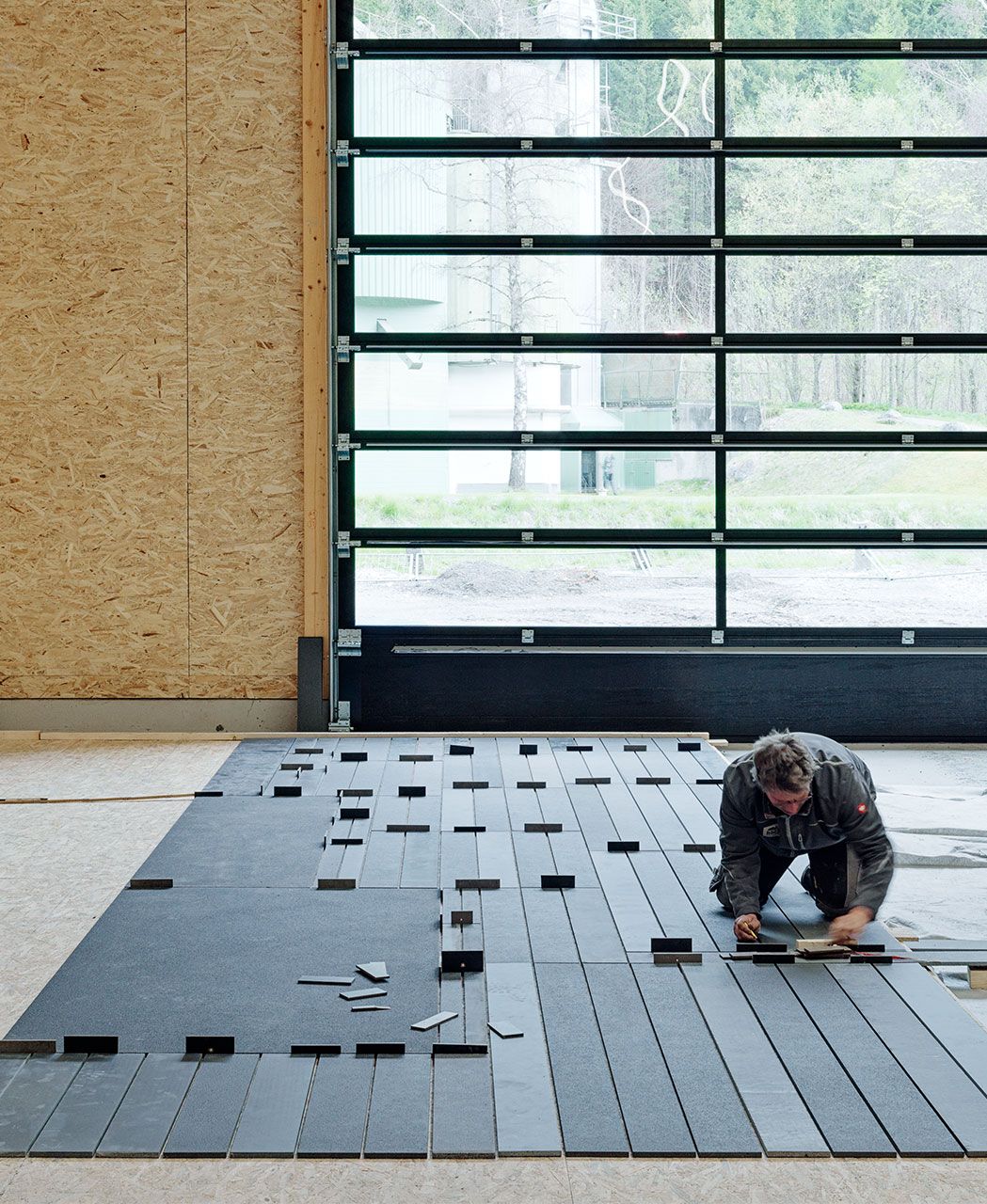
scrapcrete pursues a radically new design approach: instead of the usual process of designing first and then producing the required parts, the process starts with what is already available – the so-called residual materials. Under the motto “Creating from what you have”, waste is reduced while a new design language is created, turning material scarcity into creative diversity. By using digital technologies, the design process is reimagined around available resources. This approach is not only about recycling leftovers but about creating designs with a high aesthetic standard. The result is a fusion of sustainability, functionality and aesthetics.
A patchwork of offcuts
The scrapcrete concept was applied on a large scale for the first time in the construction of the company’s new production halls in Maishofen. Offcuts from over 500 m² of öko skin slats were processed, generated via specialised software from leftover pieces and rearranged like a “patchwork quilt.” The irregularly sized elements enabled a mosaic-like facade design, giving the material not only a second life but also a new design quality. The visual and conceptual similarity to the traditional Pinzgau patchwork quilt is intentional. This regional cultural heritage, made from sewn-together fabric remnants, symbolises a conscious approach to existing materials. As with the quilt, where seemingly worthless scraps become a new, functional and aesthetic whole, scrapcrete combines resource efficiency with design potential. scrapcrete demonstrates how circular thinking, digital technologies and architectural aesthetics can merge, opening new pathways for sustainable and culturally rooted construction of the future.
